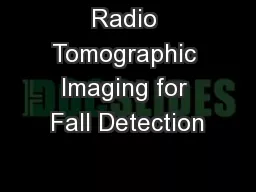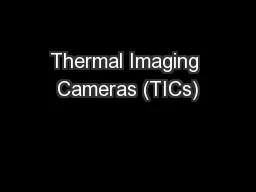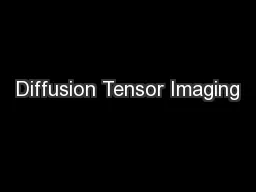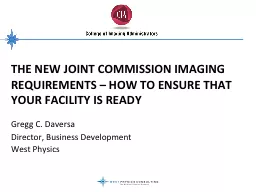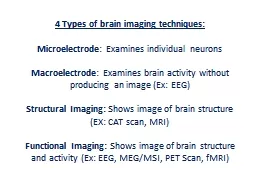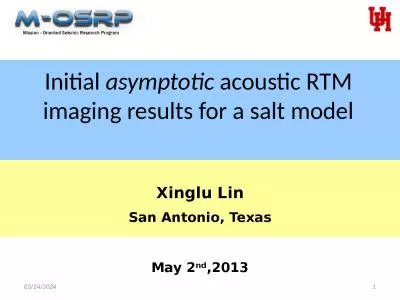PPT-Imaging results from
Author : conchita-marotz | Published Date : 2016-05-31
monostatic and bistatic radar observations of the Moon made at a wavelength of 68 cm 4402 MHz with the Millstone MISA radar transceiving and the Arecibo Gregorian
Presentation Embed Code
Download Presentation
Download Presentation The PPT/PDF document "Imaging results from" is the property of its rightful owner. Permission is granted to download and print the materials on this website for personal, non-commercial use only, and to display it on your personal computer provided you do not modify the materials and that you retain all copyright notices contained in the materials. By downloading content from our website, you accept the terms of this agreement.
Imaging results from: Transcript
Download Rules Of Document
"Imaging results from"The content belongs to its owner. You may download and print it for personal use, without modification, and keep all copyright notices. By downloading, you agree to these terms.
Related Documents


